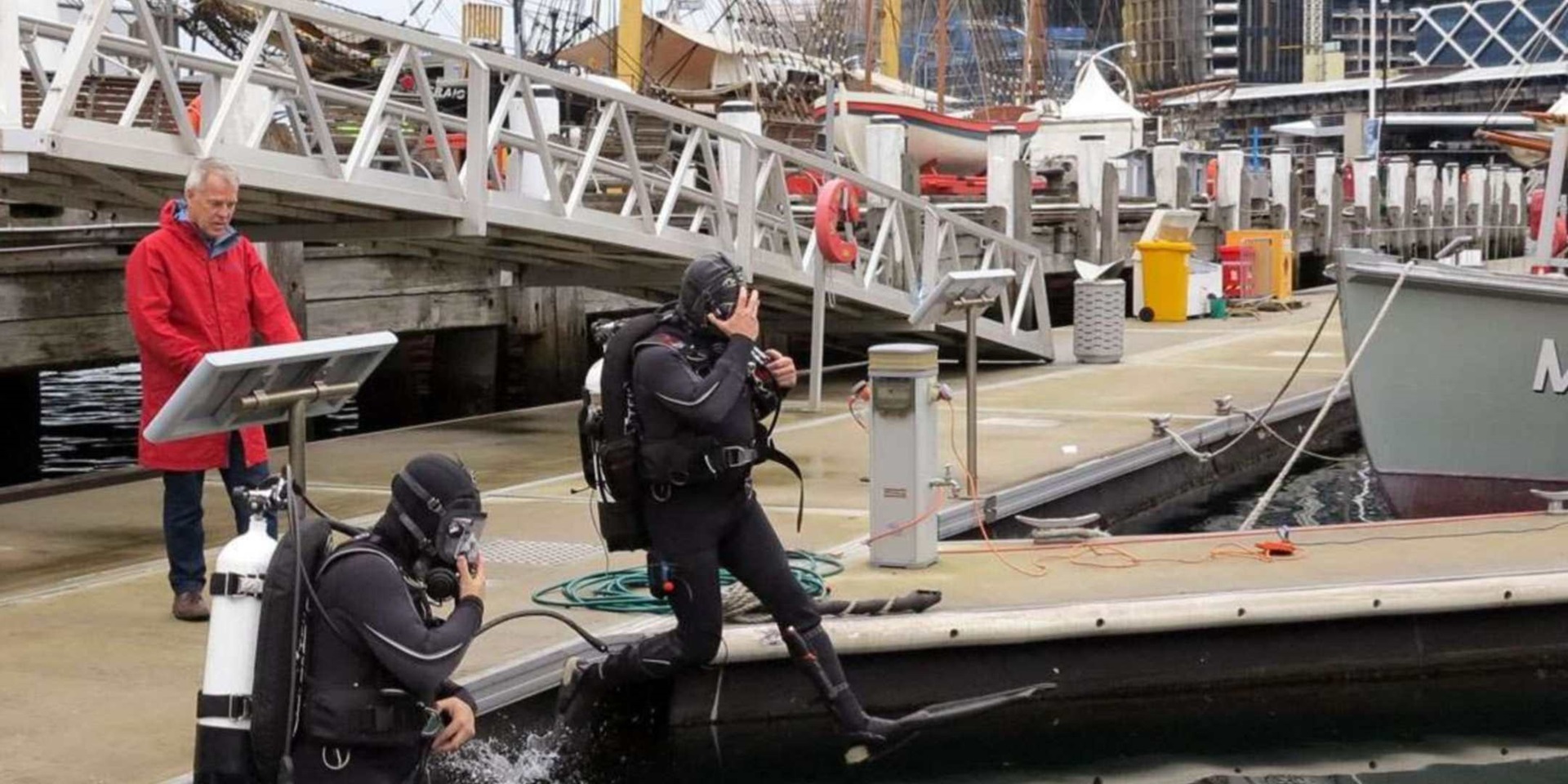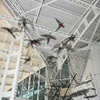
When Australian surfer Mick Fanning hit the news after surviving an attack by a Great White Shark during a surfing competition in South Africa, the incident reminded the Museum’s USA Programs Manager Richard Wood of a family tragedy involving a shark attack in Sydney Harbour.
Marcia’s been taken by a shark
An indelible childhood memory is my Dad hanging up the phone after a short conversation at the end of the long, hot, Australia Day weekend in 1963, and saying ‘Marcia’s been taken by a shark’. He was talking about his cousin, Marcia Hathaway, a talented young stage, TV and radio actress (she was Jane to Rod Taylor’s Tarzan on the Macquarie Network) and the last person to be killed by a shark in Sydney Harbour.
It happened in Sugarloaf Bay where she was aboard the cabin cruiser Valeeta with her fiancée and friends. With her porcelain white skin nobody believed Marcia had ever seen the sun and they dared her to prove she could swim. So she slipped over the side of the boat into Sugarloaf Bay and the jaws of a Bull Shark (Carcharhinus leucas).

Photo of Marcia Hathaway – Courtesy Richard Wood
Being attacked by a shark is statistically about 80 times less likely than drowning at the beach in Australia, but it invokes primal fear in us.
Our response has been to hunt and kill sharks, to net our beaches and to try to protect ourselves using camouflage, noise, chemicals, silence, chain mail suits, vibrations, and electrical current.
It seems that that last one works. Recent research by the University of Western Australia’s Oceans Institute indicates that a 2-metre long trailing line emitting electrical impulses is 90% effective in repelling or deterring Great White Sharks (Carcharodon carcharias) but that electrical anklets and loud noises probably won’t. This result may be specific to the species of shark tested, but points the way to a non-lethal and safe way to avoid shark attack.
Museum divers who regularly inspect and repair our historic vessels in Darling Harbour wear electrical deterrent shields and dive in pairs, one acting as lookout, particularly for the Bull Sharks that live there.

James Hunter and Lee Graham dive in at the ANMM. Photo: Michelle Mortimer.
